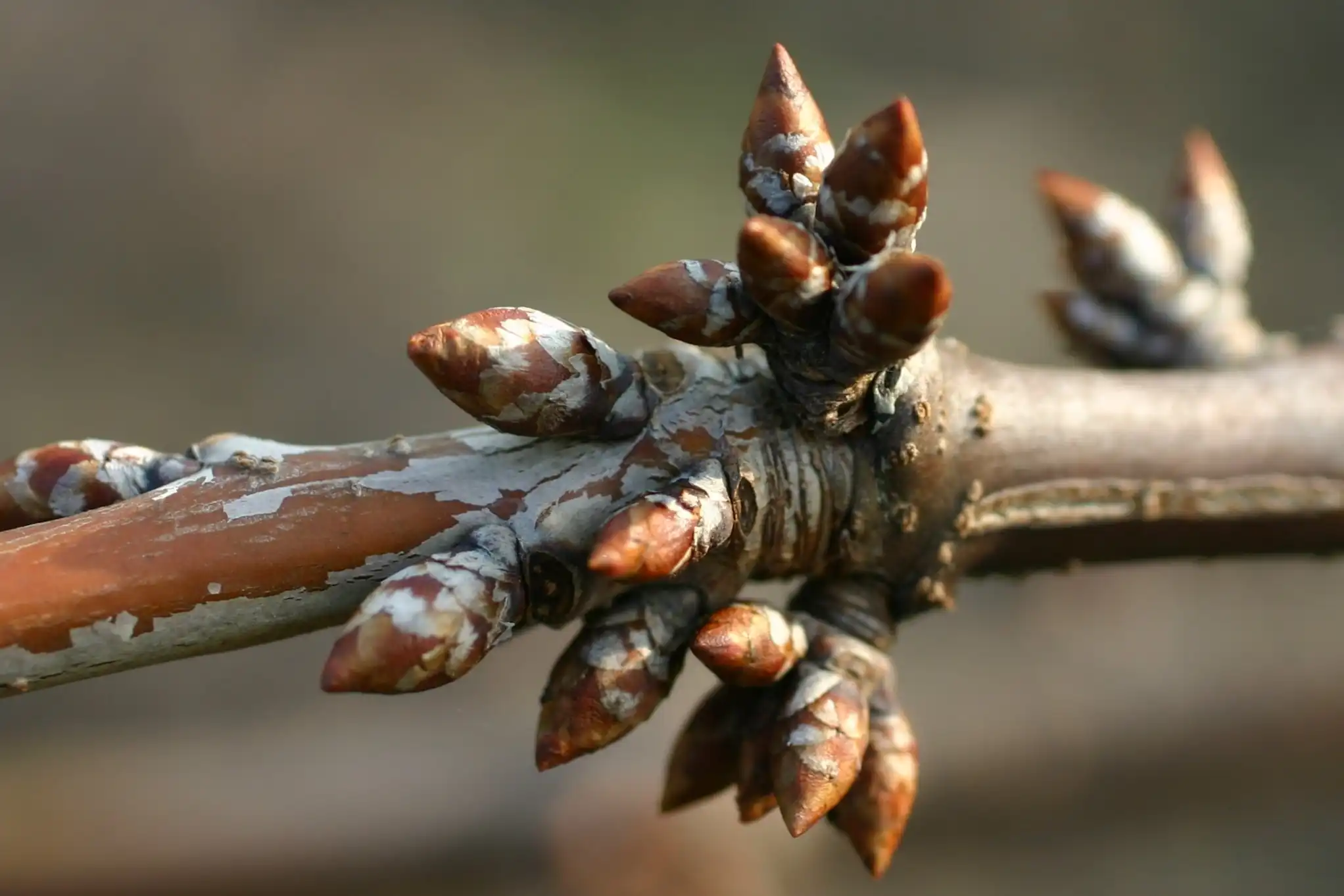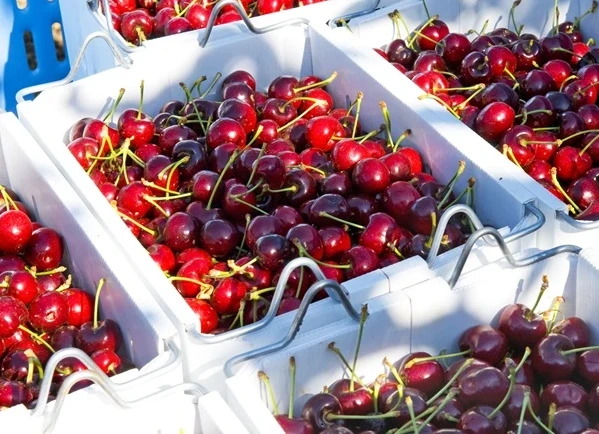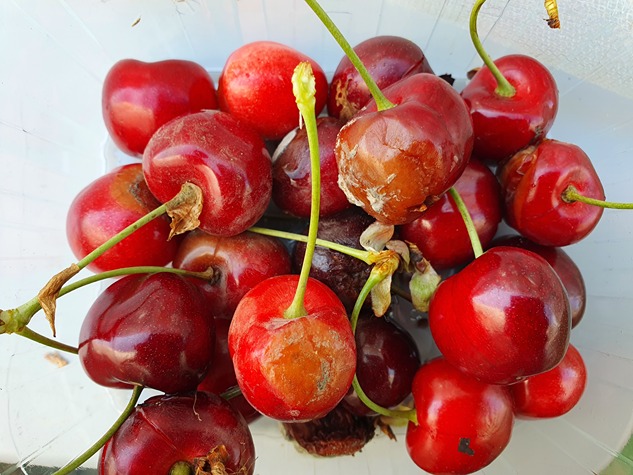Climate change is profoundly altering the seasonal cycles of temperate tree species. The sweet cherry, in particular, represents an emblematic example, due to increasingly mild winters.
A recent study conducted in France on the cultivar “Regina” analyzed the impact of continuously high temperatures or early exposure to cold on bud dormancy, combining phenological observations and transcriptomic analyses.
The results provide new insights into the molecular regulation of dormancy and identify a “shallow dormancy” stage induced by prolonged absence of cold.
Temperature and dormancy
The study shows that temperature is the main factor driving the progression of dormancy. In treatments with cold deprivation (daytime temperatures of 20 °C and nighttime temperatures of 16 °C), plants exhibited a pronounced delay in senescence and flowering, proportional to the duration of warm exposure.
Trees deprived of cold until March flowered three months later than the control plants, producing deformed flowers with opening rates below 40%. Conversely, early exposure to cold advanced flowering by nearly one month.
These phenological effects confirm that even slight variations in chill accumulation can deeply affect reproductive development, reducing both flower quality and productivity.

Gene expression and regulatory mechanisms
At the molecular level, gene expression analysis during the different phases of dormancy (paradormancy, endodormancy, and ecodormancy) allowed identification of the main regulatory mechanisms influenced by temperature.
During paradormancy, genes of the DAM family (Dormancy Associated MADS-box), particularly PavDAM1 and PavDAM6, were strongly expressed and rapidly inhibited with the onset of cold, suggesting a role in dormancy induction.
Under prolonged warm conditions, these genes remained active, thus preventing the establishment of deep dormancy.
Endodormancy was characterized by temporary activation of genes related to oxidative stress, abscisic and gibberellic acid metabolism, and transcriptional regulation, such as PavDAM4 and PavNCED9, both modulated by low temperatures.
Finally, the ecodormancy phase, which precedes vegetative growth, was associated with genes promoting cell division and carbohydrate metabolism, including PavCYCD3 and PavPFK5.
The shallow dormancy phase
The researchers also identified a shallow dormancy phase, which develops in the complete absence of cold. Under these conditions, buds stop growing and show signs of senescence,
but without activating the typical processes of deep dormancy. From a molecular perspective, this phase has a distinct signature characterized by increased expression of genes involved in RNA regulation, splicing, and post-transcriptional modification.
This response appears to represent an attempt by the plant to rebalance its cellular activity under prolonged thermal stress, likely at the expense of normal phenological progression.
Implications for cultivation
These findings indicate that in sweet cherry, the absence of cold does not merely delay dormancy but induces an alternative physiological state that could compromise flowering and yield in subsequent years.
For fruit production, this means that high-chill cultivars such as “Regina” will become increasingly vulnerable under warming climate scenarios.
Therefore, to adapt to future conditions, it will be necessary to select low-chill cultivars or shift production toward colder or higher-altitude regions.
Source: Fouché, M., Bonnet, H., Prigent, S., & Wenden, B. (2025). Molecular characterization of flower bud dormancy under constrained temperatures unveils a shallow dormancy stage induced by cold deprivation. bioRxiv, 2025-06. PRE-PRINT (under review). https://doi.org/10.1101/2025.06.27.661981
Image source: SL Fruit Service
Andrea Giovannini
University of Bologna (IT)
Cherry Times - All rights reserved













